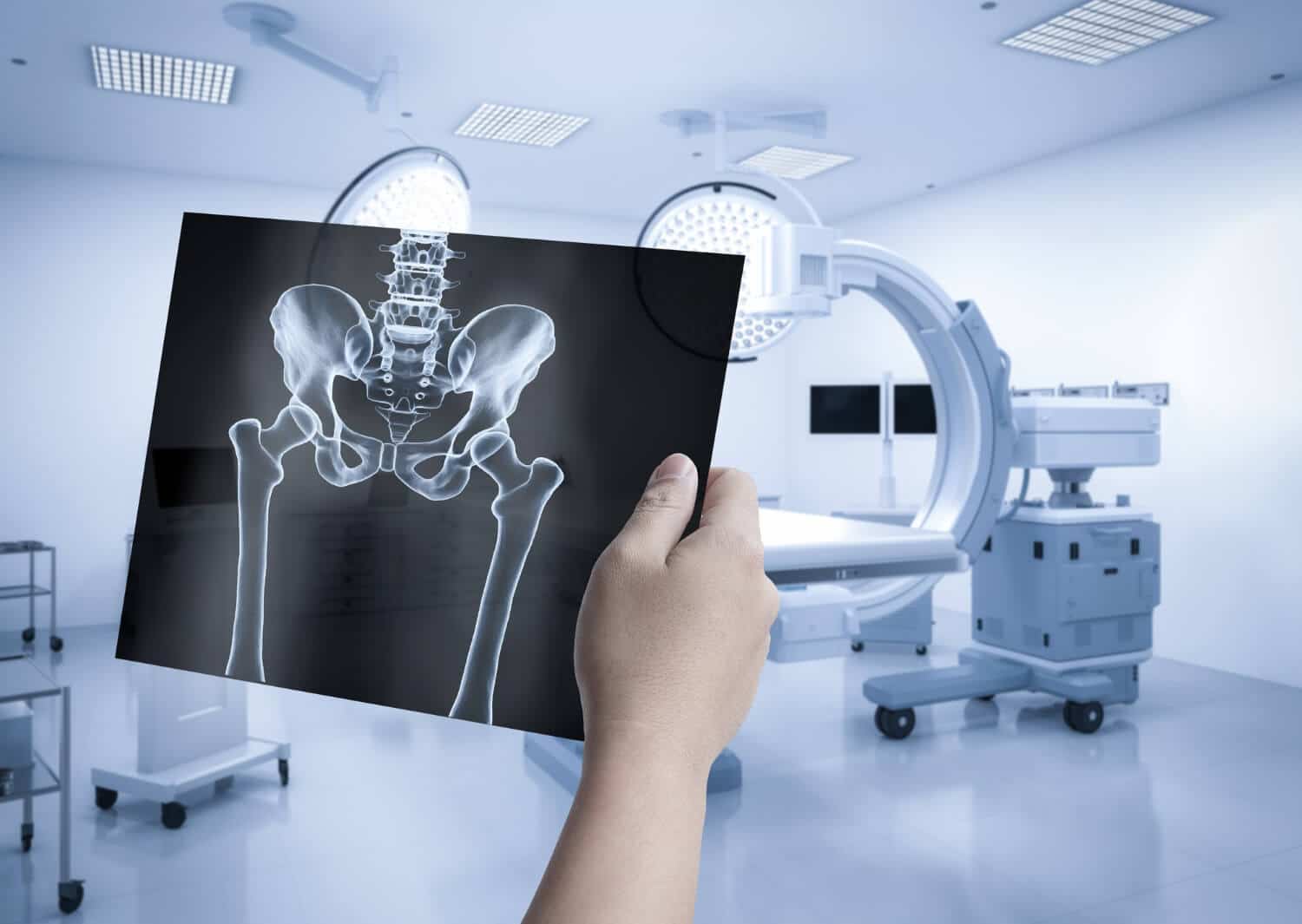X-rays are an essential piece of equipment in contemporary medicine, enabling healthcare professionals to envisage the inner structures of the human body without invasive techniques. But have you ever thought about how x-rays are produced? The procedure behind X-ray generation is both effortless and fascinating, and it generates the groundwork for different medical and industrial applications.
Electrons in Motion
The behavior of electrons governs the core of X-ray production. Electrons are small, negatively charged particles that constantly orbit the nucleus of atoms. It is their actions in specific conditions that give rise to X-rays.
High-Speed Electrons
To construct X-rays, electrons require a boost of energy. This can take place in a few diverse ways, for instance, by heating a metal or administering a high voltage. When electrons collect this energy, they become highly brisk themselves.
The Cathode and Anode
In X-ray machines, there are two significant elements: the cathode and the anode. The cathode is accountable for emitting electrons, whereas the anode plays a vital role in X-ray production.
Electrons’ Journey
The cathode discharges a flow of high-speed electrons. These electrons are drawn toward the anode, generally made of tungsten. Tungsten is selected because it can undergo the intense temperatures produced during X-ray production.
The Collision
The wonder of X-ray production takes place at the point of collision. As the prompt speed electrons hit the tungsten anode, they crash with its atoms.
Energy Transformation
During this clash, the kinetic energy of the electrons is transmitted into X-ray photons. Photons are minute packets of power, and X-ray photons are mainly high in energy.
X-Ray Emission
The X-ray photons generated in the collision emit outward in all directions from the point of collision. Some photons are directed towards the patient, playing a vital role in developing the X-ray image.
Penetrating Power
What makes X-rays helpful in medical imaging is their knack for going through diverse materials to varying degrees. In the human body, soft tissues such as muscles and organs enable X-rays to pass through, whereas thicker materials like bones take up more X-rays. This contrast between absorption and transmittal produces the comprehensive images doctors rely on for diagnosis and identification.
Image Formation
A sensing device is used to obtain the X-rays that pass through the body. This device can be a digital sensor or X-ray film. Parts where thicker structures absorb more X-rays emerge lighter on the X-ray image, whereas areas where fewer X-rays pass through come out darker.
Control and Safety
Technicians precisely operate X-ray machines, adjusting settings to control the intensity and duration of X-ray exposure. Safety measures, such as lead aprons and shields, protect the patient and healthcare providers from unnecessary X-ray exposure.
Applications
X-rays have a wide range of applications. In medicine, they diagnose fractures, locate foreign objects within the body, and screen for various diseases, including lung cancer. In the industrial sector, X-rays play a vital role in quality control and the assessment of materials.
Limitations
While X-rays are an invaluable diagnostic tool, they come with limitations. Extended or extreme exposure to X-rays can be damaging. As a result, health practitioners hold on to strict guidelines to ensure patient well-being.
Advancements
Technological strides in the growth of digital X-ray machines propose quicker results and decreased radiation exposure compared to conventional film-based systems. These digital systems have become the customary way in many healthcare facilities.
Future Prospects
Researchers persistently pursue to work on improving X-ray technology. New methods and gear are being produced to enhance image quality while further curtailing radiation exposure.
X-rays are created through the contact of high-speed electrons with an aimed material, classically tungsten, within X-ray machines. This collision transmits the kinetic energy of electrons into high-energy X-ray photons, which are used in a variety of applications, from medical findings to industrial quality control. While X-rays are helpful in up-to-the-minute healthcare, safety precautions and continuing technological advancements are indispensable to ensure their liable and practical use.





